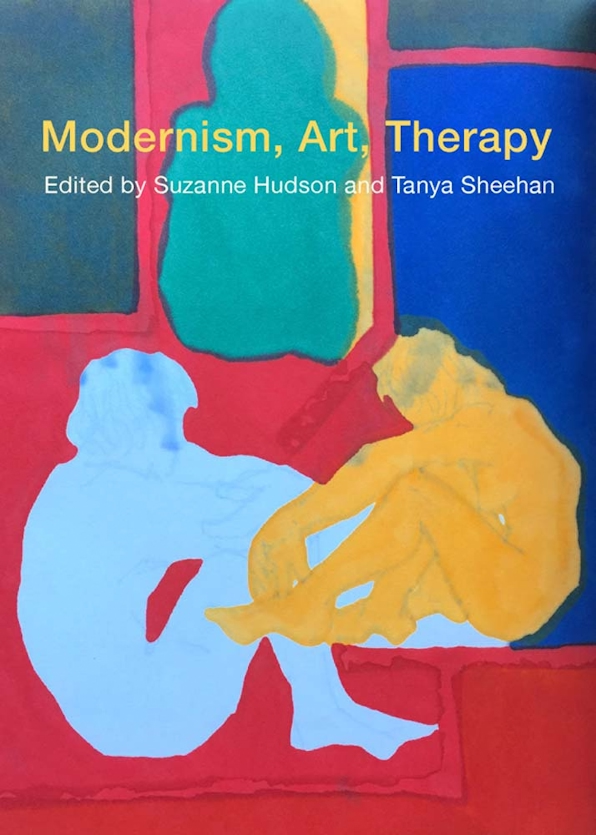
As therapists developed the new field of video therapy in the 1950s and 1960s, they rarely interacted with the parallel field of art therapy or with the concept of creative expression at its core. Video therapy mostly involved recording and playing back talk therapy sessions. In only a few places did it become something like art therapy, a practice in which patients themselves made art to process their own experiences. This chapter traces how that resemblance developed at New York’s Village Project and elsewhere in the United States from about 1967 to 1975. It considers how painter Frank Gillette and philosopher-sociologist Victor Gioscia in particular drew from both modernist and emerging postmodernist intellectual currents, particularly the boundary-crossing work of media theorist Marshall McLuhan, to navigate the intersections of disciplines.